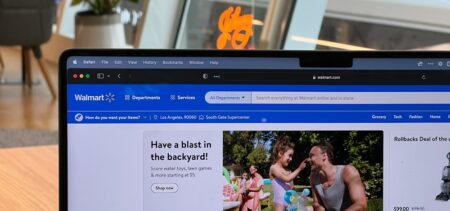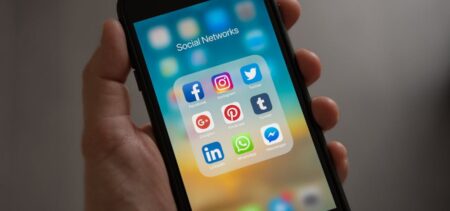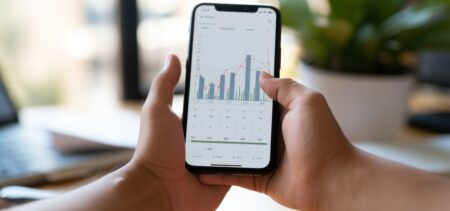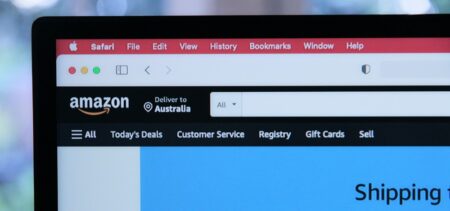Wearable technology might soon move from “just another device” to being the main interface for all things digital. Many of us are already using it and even more of us plan on adopting this exciting way of benefiting from technological innovation.
Statistics on wearable technology
First, let’s take a look at some numbers in the wearable technology market. An IDC forecast shows that the total volume of smart wearables will reach 25.7 million units in 2015. This represents an increase of 510.9% compared to the 4.2 million units shipped in 2014. For basic wearables the increase predicted is of 30% – from 2014’s 15.4 million units to 20.0 million units in 2015. The wristwear (over 80%) and modular devices lead in statistics, followed by eyewear.
In terms of financial involvement, the shoppers are expected to invest in wearables around $19 billion by 2018.
And this kind of forecast doesn’t take into consideration innovation, which could surprise the public with new types of devices.
The predicted market growth opens up significant opportunities for the digital marketing industry. Wearables provide new means of data gathering and a different customer interaction, thus a new challenge and a new type of outlet for the marketing specialists.
Data
In terms of market research, wearables deliver accurate data. Huge amounts of it. This includes daily activities, schedule patterns, locations and behavioral insights. Being constantly connected, their input helps in understanding customers’ day-to-day behavior. The real targets are the buying habits, which can be analyzed in terms of moods and dynamics. Experimenting with data sets could be huge for marketers. Tapping into this huge amount of data and properly understanding its parameters might just be a matter of survival for many digital marketing specialists. New types of teams could develop – part data scientists, part marketing technologists. Once deciphered and put into strategy, the results of market research could be shared once more via wearables with the sales teams, offering real time access to key information.
Personalization via wearable technology
Knowing one’s customers to a detailed degree triggers another game-changer. The interactions will be very personalized. The user’s location, preferences and patterns would allow a narrow focus of the offer. His or hers digital marketing profile may enable interactive offers when in a specific place or at a specific time (store, restaurant, social platform, gaming spot). Cross-referencing location with digital actions (search, read articles, brand interest) works both ways. Deciphering the customers’ actions leads to offering the best marketing input later, in similar situations.
The challenge here would be to focus, once having this kind of accessibility. The message should be clear, yet only loud if the customer agrees so. The opt-out availability remains important, since it underlines an intent of cooperation, as opposed to the over-imposing feeling the customer might get when notifications and messaging do not care for his consent. The term of customer “ecosystem” emerged, inducing a certain protection need. The consumer should be empowered by the marketers’ approach rather than cornered, which would cause a fall back phenomenon.
Challenges
We have seen so far how wearables gathered data has hyper-relevance. Based on it, marketing can be tailored to integrate the channels customers prefer. Especially in B2B marketing, wearables can be a challenge because of their size and specific requests. On their tiny screens, the messages can display less information; therefore the quality and focus requests will be higher.
Developing apps specifically for wearable devices will ease sending the desired message to clients. Applying the personalization strategy is the way to reduce generic advertisements and the app-product rate should be a proper fraction. One app for more than one product keeps the customer’s attention engaged and increases personalization.
Future of wearable technology
The rise of wearables is only at the beginning. Yet the rates predicted for these new interfaces’ popularity increase strongly motivate digital marketers. Creativity and innovation in getting the right message through contribute to clients’ loyalty. And a loyal customer who builds a relation with the brand is most likely to be permissive in allowing data gathering, social media interactions or push notifications. It’s an opportunity-and-delivery loophole for digital marketing and many are striving to make the best of it. The constant connection delivered by wearables calls for activity-based brand experiences.
Here enter native advertising, users’ engagement, and a close-to-perfection integration of marketing strategy into customers’ everyday lives. The change capacity is another feature to be targeted, since routine can be tiring. Wearables users like comfort, connectivity and creativity. Wearables – tailored marketing should meet all these parameters, in its customer-centricity evolution.




























